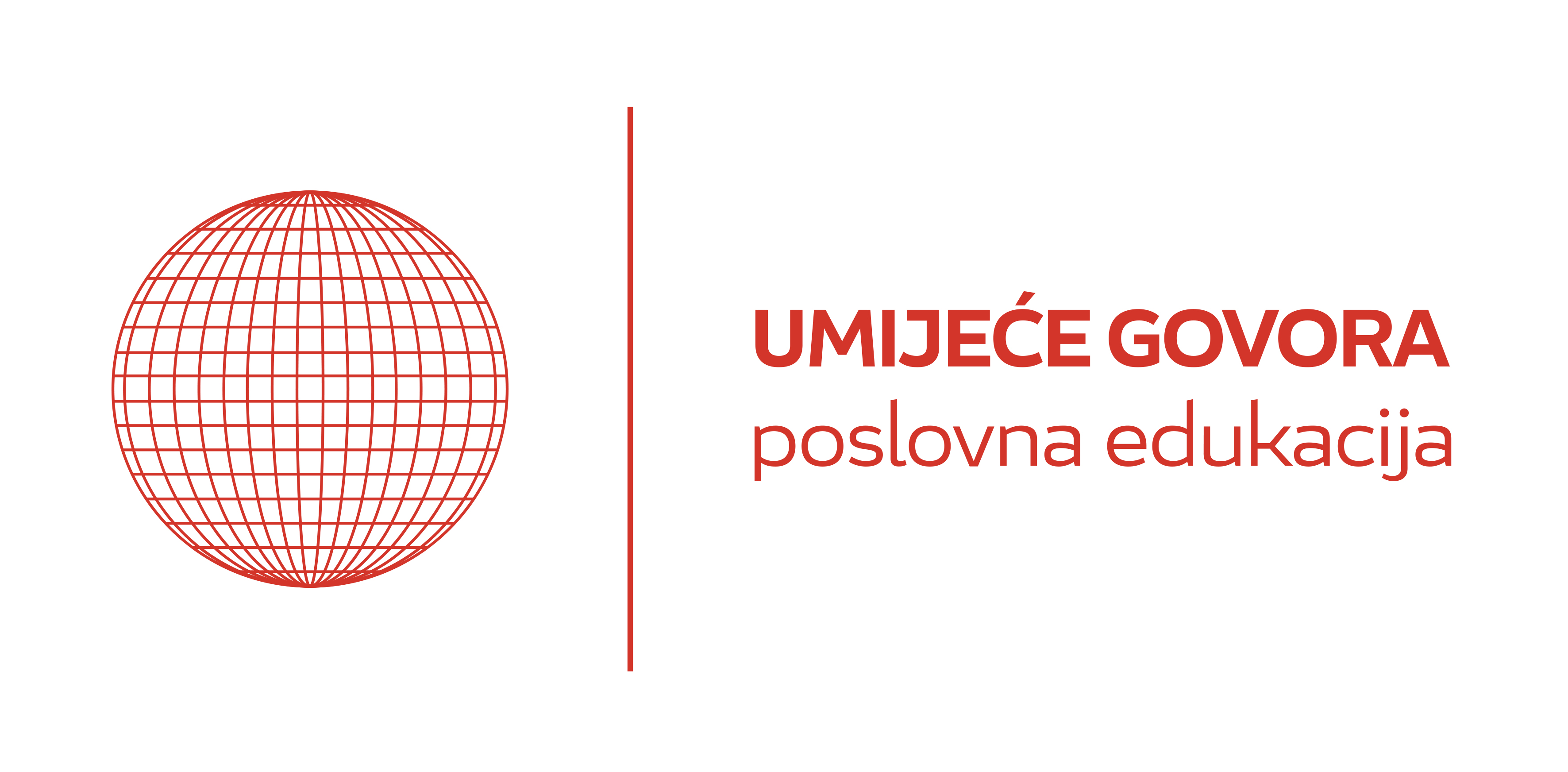COMMUNICATION IN THE SUPPLY CHAIN MANAGEMENT
Jagoda Poropat Darrer
Business Communication Professional
With the rise of the information-communication technology the contemporary supply chain has been made possible. Material and Information flow are at the core of a supply chain. Although, transparent communication between the members within one single chain seems to be crucial for its functioning and productivity.
Many of the recent issues of specialized media, either online or offline emphasize the importance of communication in supply chain management. Rather than just important it can be frequently red that the role of communication is crucial, especially in the time of the remote work. The question rises itself, why is that so?
To answer this question, we asked dr. Kristina Šorić, a renowned Supply Chain Management expert from Rochester Institute of Technology and owner of Luyouma ltd., and she states that “it is important to know and understand the development of the supply chain. In the 1960s, organizations operated in solid silos. In the 1980s, silos were consolidated into a structure of procurement, warehouse, production, and distribution. In the 1990s, all functions were united into logistics, but the supply chain did not emerge until the end of the last millennium, when information technology began to be used more intensively. So, the communication of the silo was realized through the IT infrastructure. And only then we can talk about the supply chain. That is why we say that the supply chain is a flow of materials and information. Without information flow the supply chain simply does not exist! The communication chain intertwines with the logistics chain creating a supply chain.”
On the other hand, failed communication leads to one of the biggest issues that modern day supply chain managers face: untimely deliveries. The costs associated with this run far deeper than just a poor customer experience, negative brand recognition and ultimately bad word-of-mouth. According to one research made in 2016 by Business Continuity Institute and Zurich Insurance group, these types of supply chain disruptions cost one out of every three organization approximately $1 million or more per year in losses.
Multidirectional SCM Communication Process
Communication process within the chain is complex. It includes leadership communication towards employees in one department, between different departments, towards suppliers, and finally towards to consumer. Dr. Šorić adds that “despite much evidence that collaboration leads to greater efficiency and effectiveness, it is very difficult to break down the silos even within an organization. Departments concentrate solely on their KPI’s without being aware of how they are just one small part of a large chain. The top management, which sets KPI’s by departments instead of setting KPI’s for the supply chain as a whole, certainly contributes to this. However, some are aware of the importance of common goals, so organizations are introducing the concept of S&OP (Sales and Operations Planning). It is a series of cross-functional partner meetings where plans are discussed and department activities are coordinated. We also call S&OP supply and demand balancing. So, demand is observed and then it is agreed how to meet that demand with two goals, efficiency and effectiveness. It is very important to objectively identify problems, analyze them, and reach a solution through constructive discussion, regardless of the department in question. Different departments look at the problem through different perspectives and this difference contributes to a better solution.”
Multimodal and Computer Mediated Communication
When it comes to the communication method itself there are some basic principles to consider. Be transparent, be clear (use a brief headline to sum up the proposal and focus on the benefits the project will deliver as well as how they will be achieved, tailor it (consider the stakeholders you are addressing and tailor it to show how you will tackle their own individual concerns, be personal and pragmatic (often with stakeholders, it’s more beneficial to give them a call or pay a quick visit than to send less direct communication such as emails). Computer mediated and video mediated communication play also a vast role in managing with stakeholders and suppliers. There is a myriad of new technologies that enhance communication.
As concludes dr. Šorić, “it was in the COVID – 19 crisis that we had the opportunity to see digital technology in action. Many activities went smoothly thanks to that. Although technology has been used before the crisis, this crisis has introduced some new processes, raised awareness and accelerated implementation. From now on, nothing will be the same. In addition to the fact that the importance of the supply chain came to full expression, organizations also recognized the need for faster digitalization, and quickly became accustomed to it out of necessity. This is certainly a positive consequence of the crisis. The other positive side of the crisis is that the members of the chain have become even more aware of the need for collaboration and transparent communication. And digital technologies will make that transparency easier, which will greatly increase the efficiency and effectiveness of the chain.”





